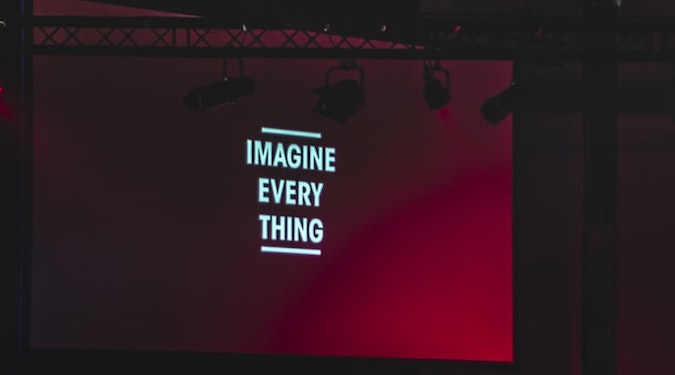Marketing for hybrid meetings in a COVID world
Share

With COVID-19 continuing to disrupt the national and international meetings and events sector, one Australian company is rewriting its marketing strategies to cater for the challenges of hybrid events. Emma Bowyer writes.
ICMS Australasia became very good at delivering virtual meetings in 2020 and 2021 and we’re fast becoming adept at doing so with hybrid. That being a mix of in-person and virtual attendees.
Currently we have 20 national and international meetings on our books for 2022 ranging in size from hundreds to thousands of delegates. With travel restrictions still in place for so many countries, all international events are being planned for hybrid mode.
The return to events
The good news for the business events sector is that after almost two years of disruption there are now a number of technology platforms that are working very well in delivering strong virtual attendee experiences.
Also positive is that many attendees are becoming more accustomed to participating in conferences virtually.
But what can be challenging in this new hybrid meetings world without careful planning is selling the benefits to sponsors. Many of whom don’t quite get how they can make connections with in-person and virtual attendees.
To combat this, our marketing plans for these events follow two clear tracks – one focused on in-person attendance and the other on virtual.
As you can imagine, it’s more work. Indeed, a lot more.
Combining in-person and virtual
In the past, in-person events were about marketing to sponsors. It was all about branding through good signage, customised exhibition booths and design. It encouraged participating within meeting sessions, outreach through the event website, and keynote lectures from company representatives. Adversely, virtual events mean having to devise a whole separate strategy for satisfying engagement opportunities for sponsors.
All of these ideas outlined above still work in a hybrid meeting environment. However, it’s ensuring that sponsors understand how this will work in both areas that is imperative.
Weaving the two tracks together is the key.
Say you have a sponsor who is interested in purchasing an exhibition booth at the live event venue. That’s great for talking to people who are there in the flesh but what about talking to the virtual audience?
Number 1
The exhibition booth on the virtual platform has the same look and feel as the real exhibition booth. A simple, but effective idea.
Number 2
Whatever the exhibitor has or does on their real exhibition booth, they are also doing on the virtual exhibition booth. If that’s playing a video, then have that video on-line. Maybe it’s handing out brochures, have brochures on-line. Perhaps it’s having real people on the real exhibition booth answering questions, then have real people on-line ready to chat and engage with the virtual audience.
It sounds simple enough but it’s a skill to be able to link the two together in a way that clearly demonstrates that the sponsor is actually getting a better deal than if the meeting or event was just in-person only.
So, which event wins?
Our research and management of virtual meetings since March 2020 has shown that virtual events can result in greater attendance, particularly by those who have not been able to afford to travel to a previous meeting, or who have not been able to do so because they are time-poor.
Virtual also resolves the issue of missing content at a live event because often simultaneous meeting sessions are being held. In the world of virtual meetings you can record presentations which can then be viewed at a later time at the attendee’s leisure. The metrics for this are really impressive. This works even better if you provide a tighter deadline (say three months or less).
If one of your key goals in sponsoring an event is to make more connections with prospective clients then this is certainly a plus for participating in virtual meetings.
When we’re talking hybrid, this is just one feature of many that we’re promoting. There are benefits of both forms of delivery which appeal to the various participants.
Yes, marketing a hybrid meeting is more work – maybe more than double if it was either in-person or virtual – but the rewards for you and your client are certainly worth it.
Emma Bowyer is the owner and managing director of ICMS Australasia.















